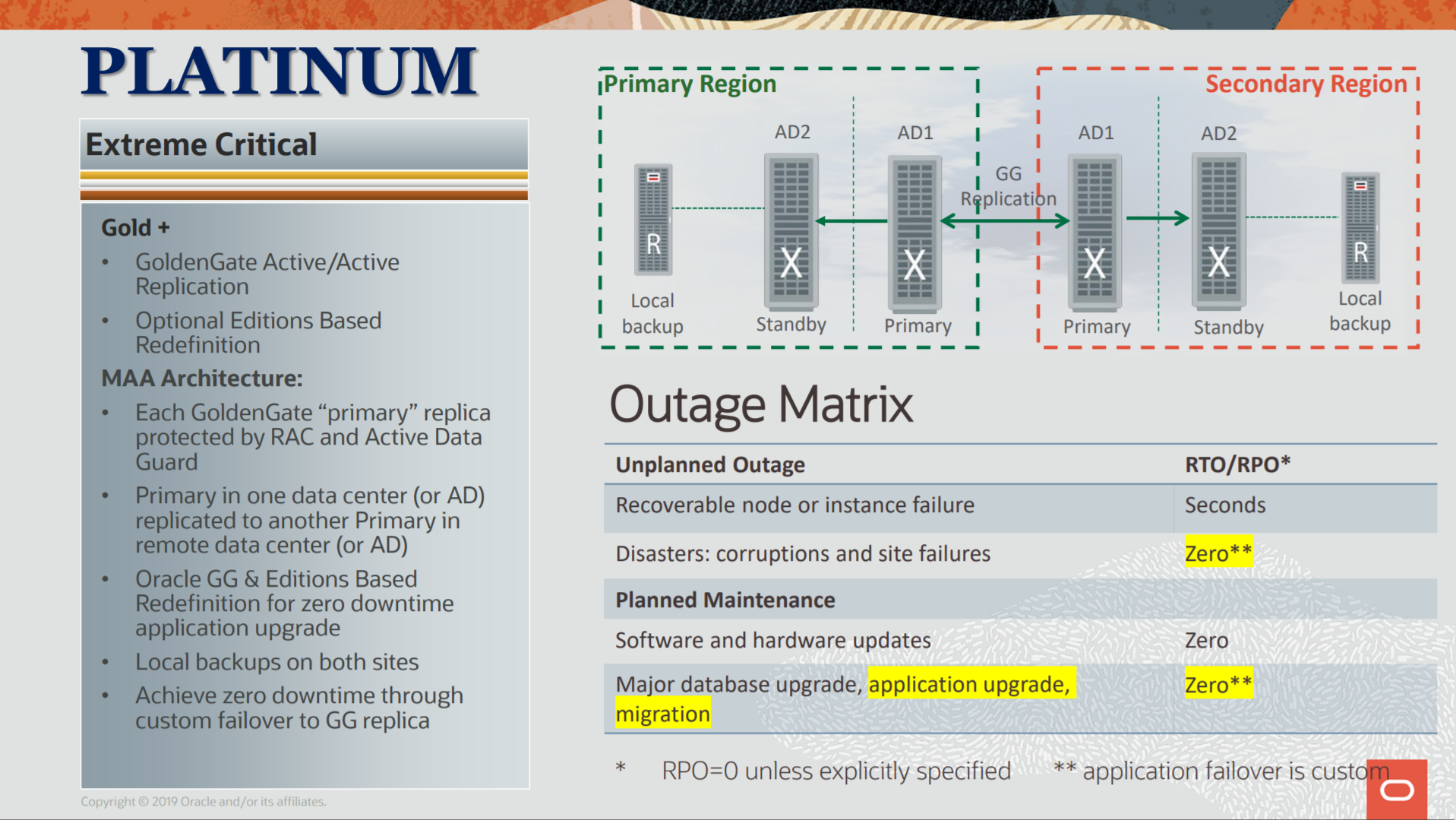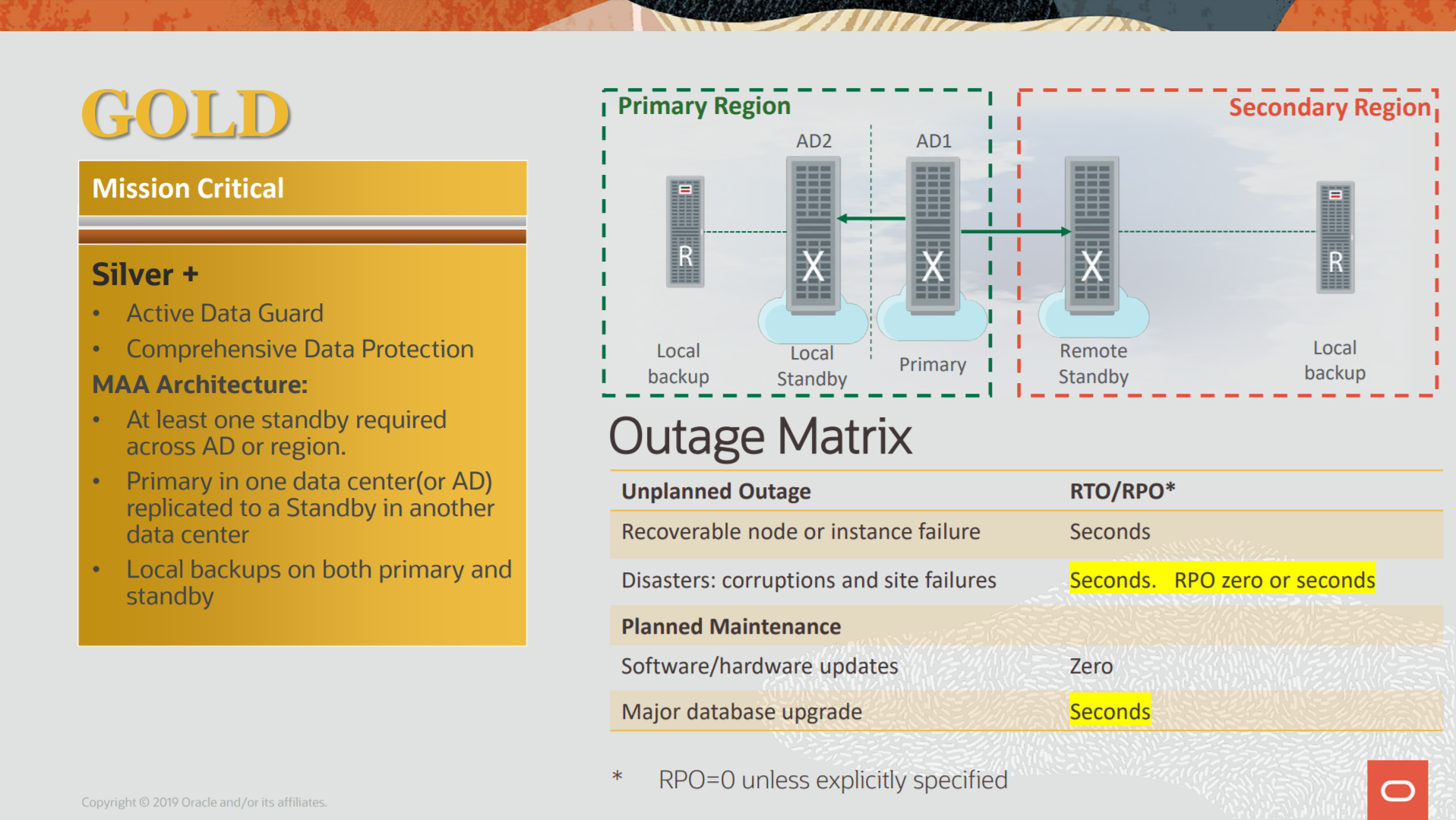This article closes the series for DG and Fast-Start Failover that I covered with more details the case of isolation can leverage the shutdown of your healthy/running primary database. The “ORA-16830: primary isolated from fast-start failover partners”.
In the first article, I wrote about how one simple detail that impacts dramatically the reliability of your MAA environment. Where you put your Observer in DG environment (when Fast-Start Failover is in use) have a core figure in case of outages, and you can face Primary isolation and shutdown. Besides that, there is no clear documentation to base yourself on “pros and cons” to define the correct place for Observer. You read more in my article here.
In the second article, I wrote about one new feature that can help to have more protected and cover more scenarios for Fast-Start Failover/DG. Using Multiple Observers you can remove the single point of failure and allow you to put one Observer in each side of your environment (primary, standby, and a third one). You can read more in my article here.
In this last article, I discuss how, even using all the features, there is no perfect solution. Another point is discussing here is how (maybe) Oracle can improve that. Below I will show more details that even multiple observers continue to shutdown a healthy primary database. Unfortunately, it is a lot of tech info and is a log thread output. But you can jump directly to the end to see the discussion about how this can be improved.
More…

